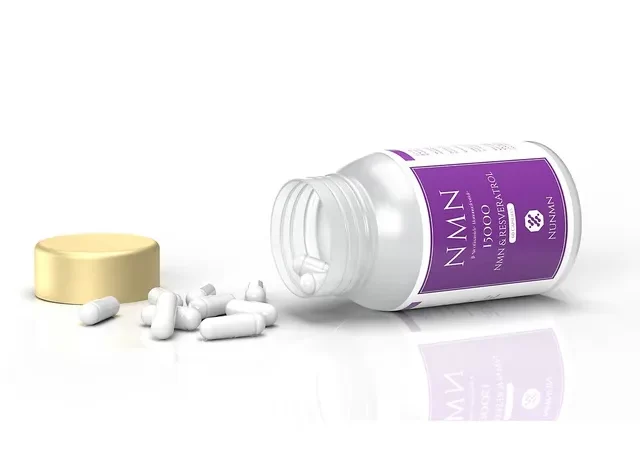
Before digital technology took over, hospitals, like all other businesses, collected payment using papers, and communicated to patients through letters and calls. But no matter how much the healthcare industry strove to make these low-tech systems efficient and effective, their revenue cycle still suffered, because, without any streamlined system to record patient data, billing became challenging, especially with patients who lack responsibility.
For this reason, technology saw an opportunity to improve the failing system. As they became integrated to the healthcare industry’s payment system, both hospitals and patients benefited greatly, since hospitals can now monitor and track payments more accurately, and patients can access their own portals to check if they may have any outstanding balances.
That said, here are the other ways technology helped ease the healthcare payment system challenges:
- Mobile Devices
In the past, we could only access the internet through desktops computers, but thanks to the ever-evolving digital technology, we can now use any latest mobile device to access the internet. With just a tablet or a smartphone, medical practitioners can access their patients’ data and document their charges in real time, helping hospital administrators bill patients on time.
- Social Media
The healthcare industry recognized people’s frequent use of social media, so they started to engage in it as well to spread awareness, perform community outreach, and communicate with their patients. Aside from raise billing concerns, doctors can also answer queries and remind the public to get tests and vaccinations via social media’s instant messaging platforms.
- Billing Software
With a highly reliable medical billing and coding service software, billing and collection systems became streamlined, improving patient responsibility. Doctors can access their patients’ records to accurately check and verify if they have any outstanding balances. Patients are given access to their records as well, so anyone unpaid is notified immediately, and are allowed to pay online with their credit cards, reducing the need for papers and cutting down significant labor time.
- Electronic Medical Records
With the availability of electronic medical records (EMR), the medical staff can verify patient coverage and plans faster, then send them out to clearinghouses. This has helped Internal Medicine Specialists reduce the volume of open patient accounts that have exceeded the 90-day limit of clearing payments.
- Online Access to Lab Results
The patient portal not only shows billing information but the lab results as well. This enabled doctors and patients to communicate medical concerns remotely, which may reduce a patient’s anxiety. Of course, visiting a doctor is still advised, particularly if the patient’s condition appears to be serious. But if a patient’s lab results don’t indicate anything to be a cause of alarm, it saves the patient time and money from making an unnecessary follow-up appointment.
- Real-time Claims Processing
Real-time claims processing made it possible to determine quickly if a patient’s health insurance covers a particular medical procedure. This lets hospitals immediately know if they can make claims, allowing them to come up with a solution should the insurance’s coverage is unfavorable.
Technology is still evolving, so we can expect more innovations in the future, possibly eliminating all lag times and risks in the healthcare industry’s revenue cycle altogether. As patients, let’s strengthen the current system by being responsible and making our payments on time.




